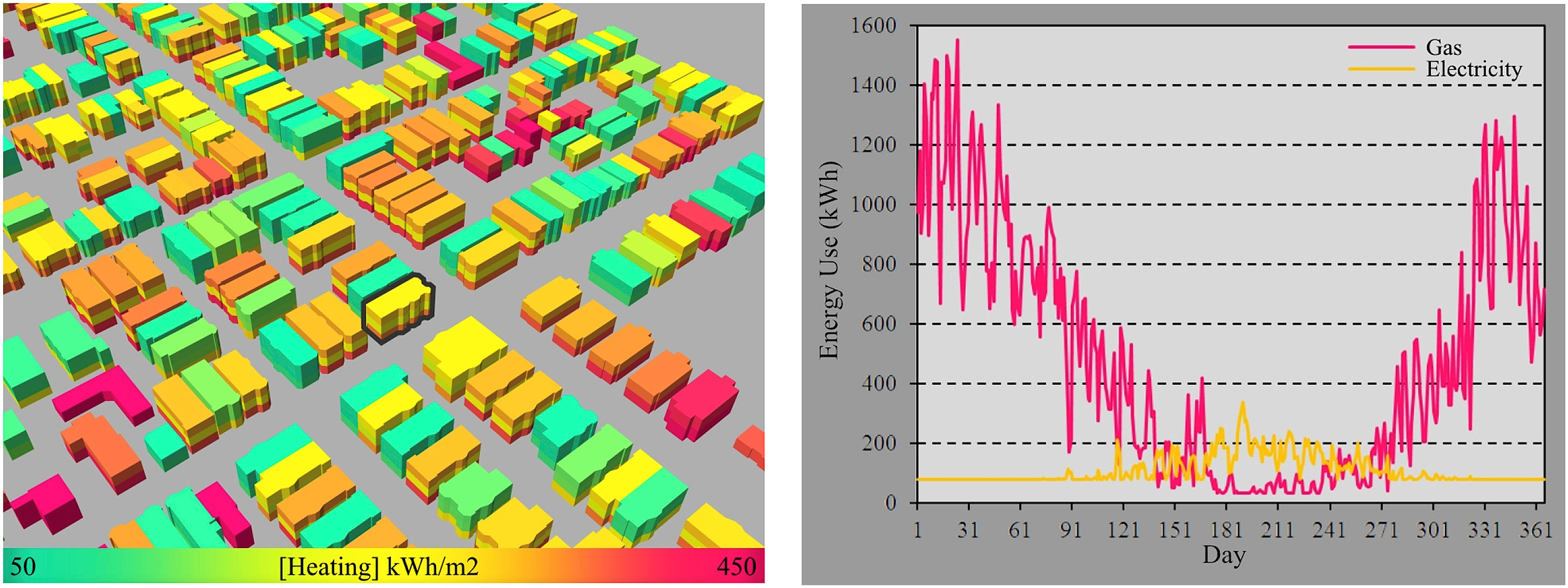Over the past decades, detailed individual building energy models (BEM) on the one side and regional and country-level building stock models on the other side have become established modes of analysis for building designers and energy policy makers, respectively. More recently, these two toolsets have begun to merge into hybrid methods that are meant to analyze the energy performance of neighborhoods, i.e. several dozens to thousands of buildings. This paper reviews emerging simulation methods and implementation workflows for such bottom-up urban building energy models (UBEM).
Multidisciplinary, innovative and high values development of high performance, cost-effective and environmentally acceptable separation systems is highly desired to tackle the sustainability challenges that facing current desalination technology. Owing to their versatility and immense potentials to evolve scientific and technical innovations, nanotechnology is probably one of the most prominent strategies that has gained growing scientific and public recognition to provide solutions that can extend the limits of sustainability in membrane desalination technology.
Membrane (bio)fouling is a major obstacle to many separation and purification processes. Due to the inherent physicochemical properties of some thin film composite membrane surfaces such as polyamide, these are prone to (bio)fouling. Hence, this review highlights recent advances in the design and development of highly resistant thin film composite membrane through surface modification by either coating or grafting with antifouling polymers and/or antimicrobial polymers/biocidal inorganic nanoparticles.
Recent research on CO2 capture is focusing on the optimization of CO2 absorption using amines (mainly monoethanolamine-MEA) in order to minimize the energy consumption of this very energy-intensive process and improve the absorption efficiency. Process optimization is always required and this research is worth and necessary. However, the main concern arises when thinking of the overall process: solvent production, solvent use and regeneration, and environmental effects related to its use/emissions.
Amnesty International’s recent report on child labour in supply chains reported children as young as seven working in cobalt mines in the Democratic Republic of Congo. Cobalt is used in mobile phone batteries and Amnesty accuses several global electronics brands of failing to do basic supply chain checks. Raising awareness of child labour issues can help in advancing SDG target 8.7 to eradicate forced labour, end modern slavery and human trafficking by 2025.
For the chemical industry, designing and delivering an effective leadership development programme can encourage gender diversity and improve talent retention. This is important for advancing SDG 8.5 to achieve full and productive employment and decent work for all women and men, including for young people and persons with disabilities, and equal pay for work of equal value.
This book chapter advances SDG 3 and 5 by explaining how maternal immunization prevents infectious diseases in the mother and infant during a period of increased vulnerability.
This book chapter advances SDGs 15 and 11 by looking at land restoration and its military dimensions, as part of the environmental security discourse, a topic that has not received as much attention as it should in mainstream environmental security studies and policy discussions.
Background Millennium Development Goal 5 calls for a 75% reduction in the maternal mortality ratio (MMR) between 1990 and 2015. We estimated levels and trends in maternal mortality for 183 countries to assess progress made. Based on MMR estimates for 2015, we constructed projections to show the requirements for the Sustainable Development Goal (SDG) of less than 70 maternal deaths per 100 000 livebirths globally by 2030.
This paper presents a review of exergy analysis of solar thermal systems. It includes both various types of solar collectors and various applications of solar thermal systems. As solar collectors are an important technology when sustainability is considered, exergy analysis, which gives a more representative performance evaluation, is a valuable method to evaluate and compare possible configurations of these systems. It should be noted that this review is based on literature published in the last two years.


